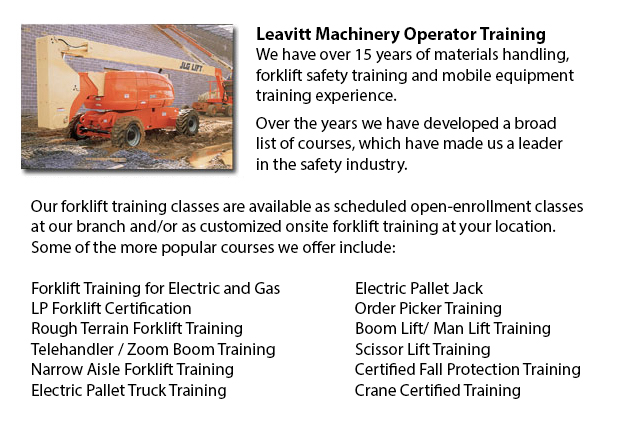
Aerial Lift Certification Red Deer - Aerial Lift Certification is for people who need an in-depth understanding of aerial lift safety. Inspectors and operators, construction craftsmen, supervisors and maintenance workers need to perform a training and certificate program. Provincial, state and federal regulations require companies to be certified to be able to do in-house aerial lift inspections.
Most workers who are required to work at elevated level will normally use the same means to get to these desired heights, regardless of the kind of work which has to be done. Scissor lifts and aerial lifts are the mechanized devices made use of to lift equipment and employees to elevated sites.
Cherry pickers or bucket trucks are boom-supported aerial platforms. The primary hazards associated to boom-operated platforms are tip-overs, falls and electrocutions. Certification guarantees that workers who use aerial lifts are properly trained to safely operate the machine. Training also ensures that workers know how to maintain aerial work platforms based on the instructions of the manufacturer.
Aerial lift training certification programs would include the following: Aerial lifts that are mounted to vehicles, Boom-supported aerial lifts and scissors lifts. Trainees would learn about safe operating procedures and will gain knowledge about the dangers that normally lead to aerial lift accidents. They will become technically competent in the various types of aerial lifts, as well as components and terminology. From selecting the best aerial lift for the task to interpreting rated capacity charts, the certification program will provide workers with all that they have to know to do their work safely.
Supervisors and inspectors who have the job to check aerial lift devices need to know how to check gears, booms, structural parts, operating mechanisms, control systems and functions, braking systems, power plants, pins and shafts, attachments, hydraulic, pneumatic and electric parts, operator aids and emergency safety devices, and so forth. Training would include the following: the role of the inspector in reducing accidents and liability exposure; how to perform a pre-use, monthly and annual inspection; how to write inspection reports; how to interpret and apply regulations about aerial lift safety standards; inspection procedures, checklists and techniques; understanding and applying the three levels of aerial lift inspection; following record keeping requirements; and when to remove defective aerial lifts from service.
-
Fall Protection Ticket Red Deer
Fall Protection Ticket Red Deer - The number one reason of death in the construction industry come from fall-related incidents. There is more possibility for fall accidents depending upon the kinds of work being done in your workplace. Therefore, kno... More -
Overhead Crane Certification Red Deer
Overhead Crane Certification Red Deer - The overhead crane certification course is a course that is designed to help trainees, even if they have language or literacy limitations. The course comprises a practical hands-on training session and a classr... More -
Wheel and Track Loader Training in Red Deer
Lift trucks are obtainable in a variety of various models which have various load capacities. Nearly all typical lift trucks utilized in warehouse settings have load capacities of 1-5 tons. Bigger scale models are utilized for heavier loads, like for... More -
Heavy Equipment Certification Red Deer
Heavy Equipment Certification Red Deer - Heavy duty vehicles are big pieces of machines which are usually known as heavy equipment. It is a broad term that literally includes whatever big utility vehicle in the area of agricultural and forestry imple... More -
Heavy Equipment Operator Classes Red Deer
Heavy Equipment Operator Classes Red Deer - A person who has the correct training to be able to use a particular kind or piece of machine is referred to as an equipment operator. There are different ways that an equipment operator can become trained... More -
Forklift Training Programs Red Deer
Forklift Training Programs Red Deer - Are you searching for a job as a driver of a forklift? Our regulatory-compliant mobile equipment operator training offers instruction in kinds of lift trucks, pre-shift check, fuel types and dealing with fuels, a... More -
Crane Safety Training Red Deer
Crane Safety Training Red Deer - Both crane driver and their supervisors must know all the potential problems related to the operation of an overhead crane. All over North America, there is legislation which provides rules for the safe inspection, ma... More -
Aerial Lift Training Red Deer
Aerial Lift Training Red Deer - An aerial work platform is a mechanized access platform. This device provides access to otherwise inaccessible places for people or equipment. Likewise called an elevating work platform or aerial device, the machinery... More

Forklift Training Red Deer
TOLL FREE: 1-888-254-6157
Red Deer, Alberta
forklifttrainingreddeer.com
Email Us
About Us


